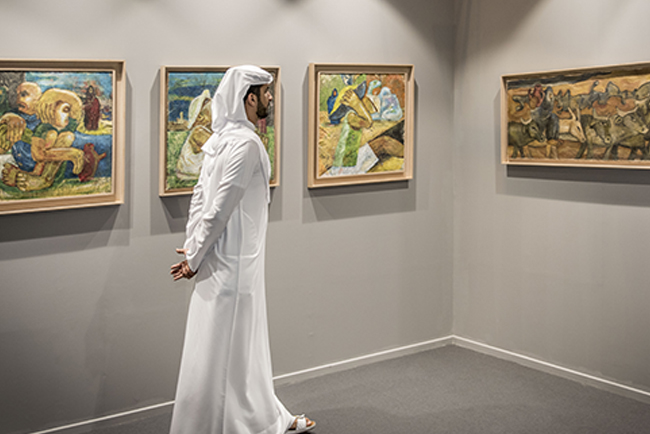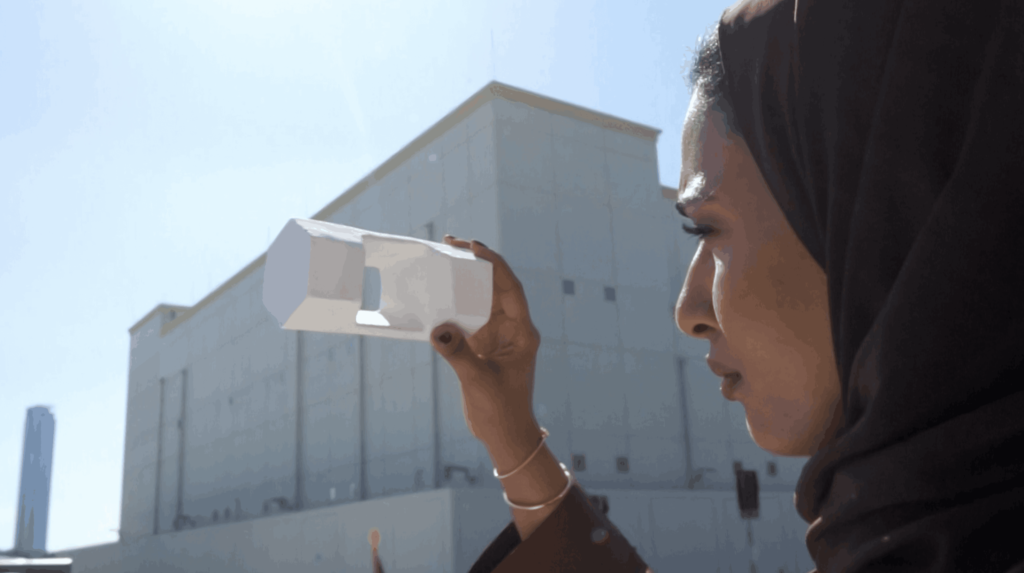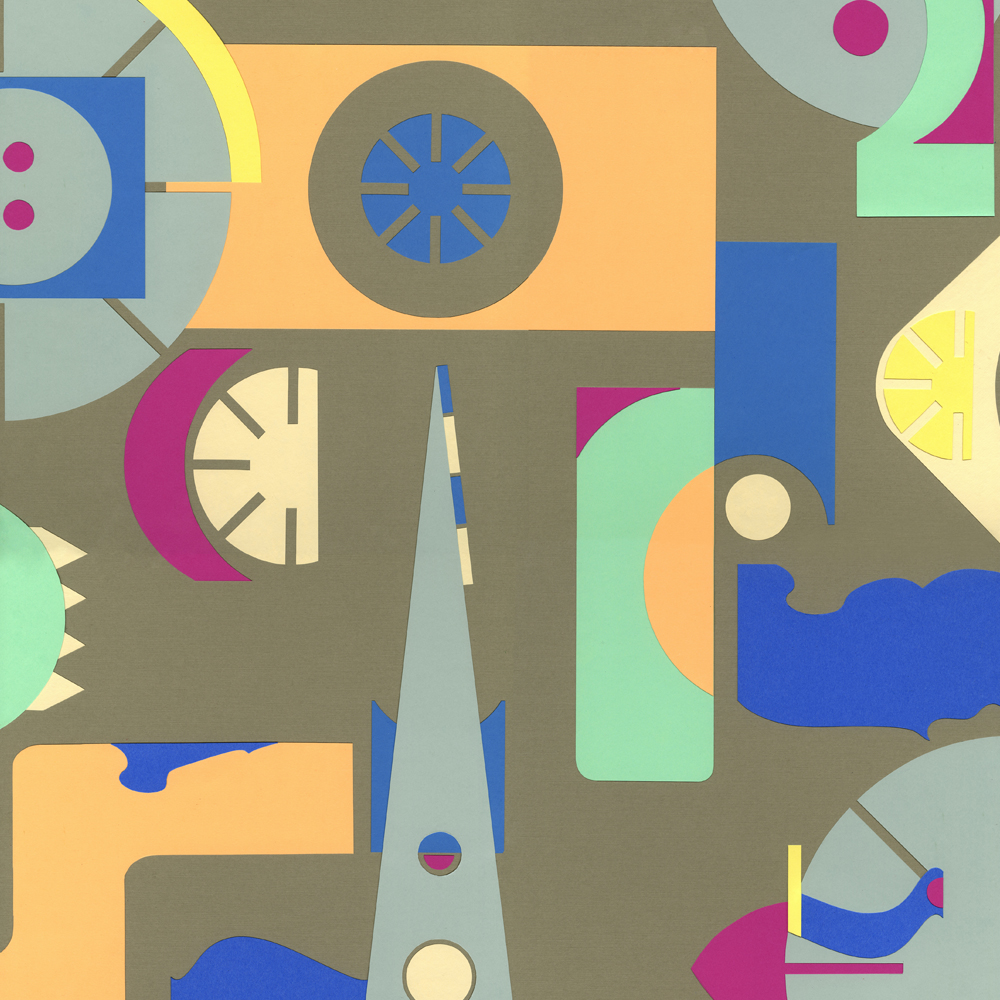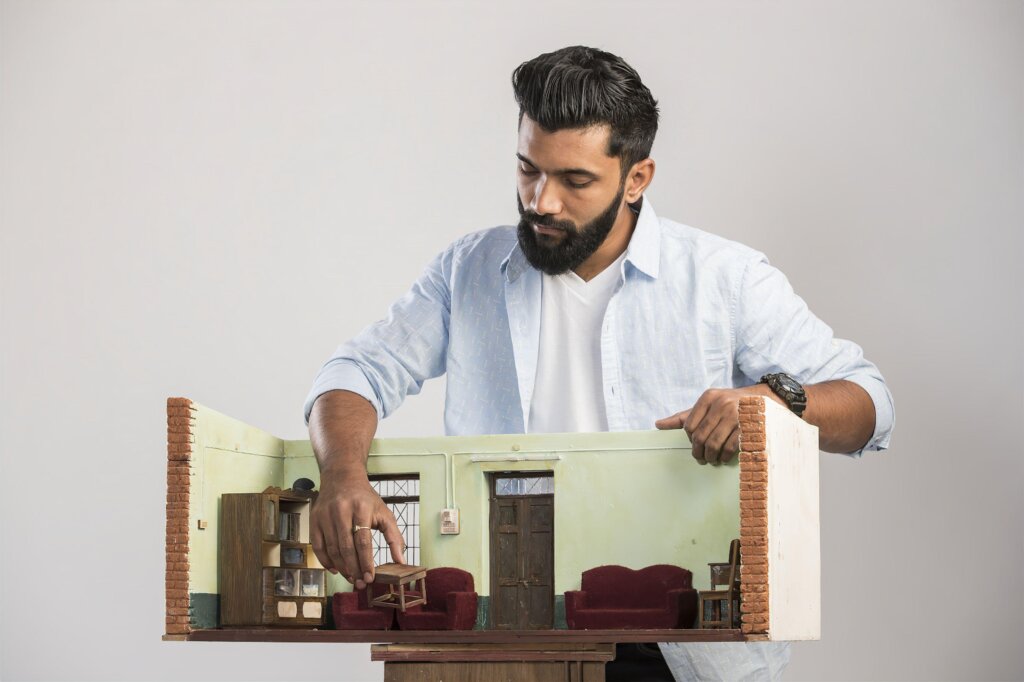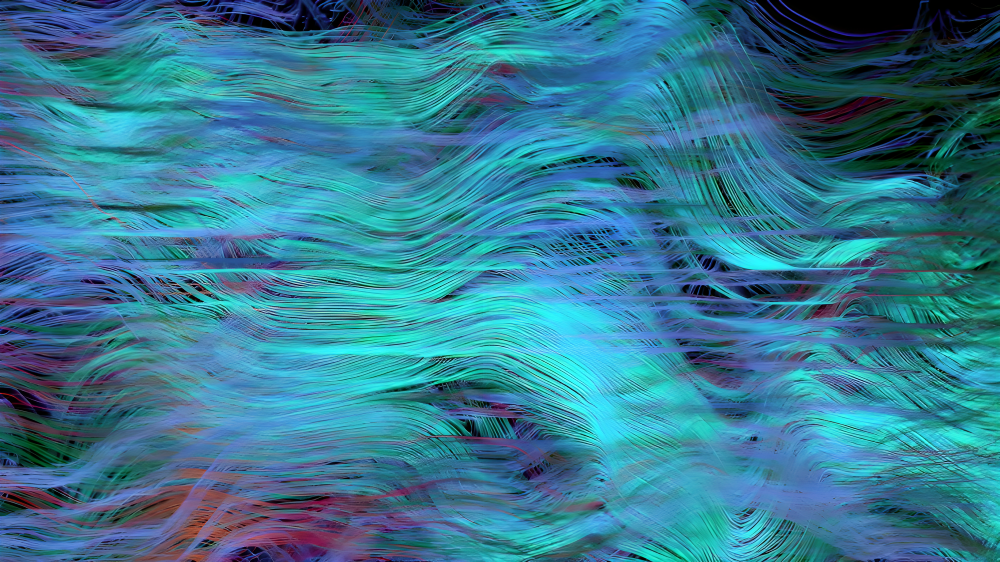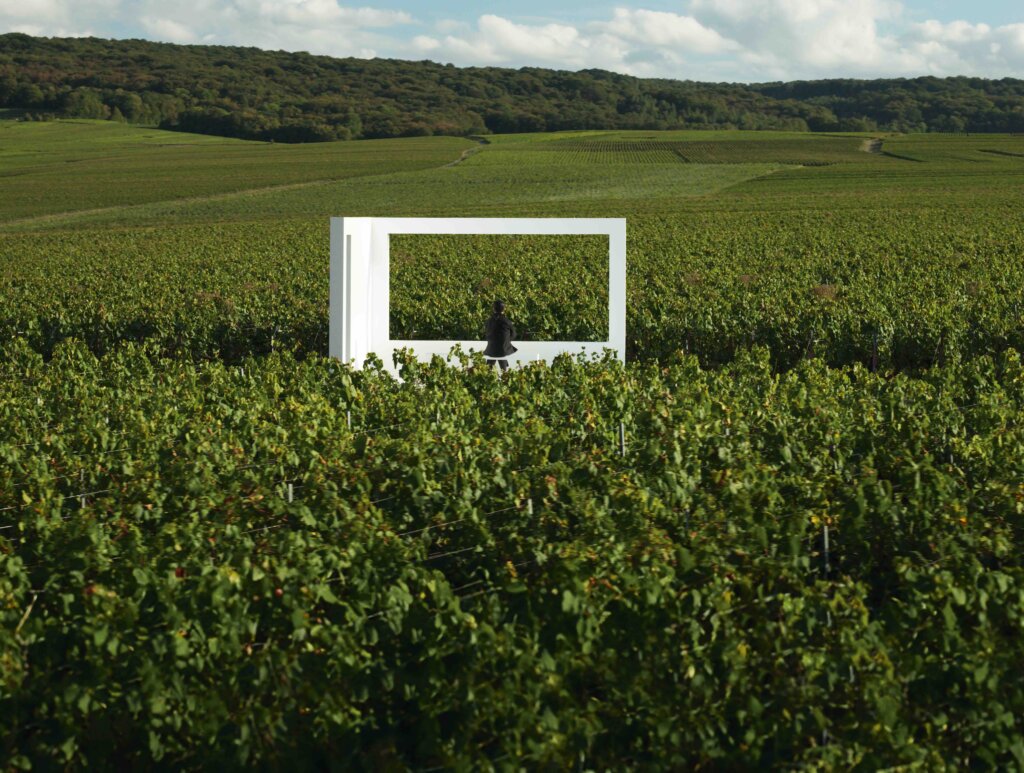In a place such as Dubai, people have become the repositories of artistic knowledge. Lacking a museum of contemporary art, the narrative of the city’s cultural production unfolds in collectors’ homes, artists’ studios and galleries’ archives. The access to this history is at best fragmented and unevenly distributed in an ecosystem driven largely by private initiatives. Situated between the private and public spheres, the Dubai Collection engages with this arts infrastructure by questioning what it means to consolidate a public art collection for the city. In a way, the name ‘Dubai Collection’ is misleading because it doesn’t tell the story of one collection or city. The Dubai Collection is at the intersection of multiple references, mirroring Dubai’s character as a transactional node within larger systems of cultural exchange.
Although it is common to have publicly accessible foundations and private museums in cultural capitals (think the Pinault Collection in Paris, the Rubell Museum in Miami or the Zabludowicz Collection in London), these spaces often carry the names of their donors and founders, building a brand-like identity. While the Dubai Collection is arguably building an urban identity, derived from a cultural wealth that is already part of Dubai, the collective takes precedence over the individual, and more significance is placed on context over content. It is prompting social change by encouraging private collectors to in a sense share their acquisitions, both in real and virtual spaces.
A virtual map will connect and display different art collections across the city. “Over time we hope that the initiative would transform the whole of Dubai into a ‘diffused’ museum, whilst curated temporary exhibitions will present specific curatorial themes that reflect the development of the Collection,” comments Carlo Rizzo, special advisor to the Dubai Collection. Therefore the Collection operates on two levels: it opens private spaces in the city for viewing, and gathers artworks from different collections around subjects and narrative threads pertaining to Dubai.
Established in collaboration with Dubai Culture & Arts Authority, the Dubai Collection represents an inventive way of forming alliances with different collector groups, based on long-term loans and in which patrons can be both private individuals and corporations. While it reflects close relationships formed with collectors, advisors, and curators over time, it is also an outward-looking collection forged by regional networks. According to art historian Dr. Nada Shabout, who is a member of the curatorial committee: “This approach will complicate historiographies, allowing a better contextualization of works, artists and movements beyond a specific locale and in a wider cross-regional discourse.” The writer, researcher and consultant Maryam Al Dabbagh adds that the Collection takes a non-linear approach, not only in “recognizing the contemporaneity of modern work from the region, but also in considering the rich contributions of regional and international artists to the local art scene.”
This is a collection that aims for an institutional voice yet is polyvocal in nature. Developing a sensibility towards collecting and first-time collectors, it is meant to spark conversations around art embedded in the city. While it will take time to develop critical scholarship around an evolving collection, this is a much-needed living archive of art, an urban bibliography around which a multiplicity of narratives will emerge.
Written by Nadine Khalil, independent arts writer, researcher and curator.




